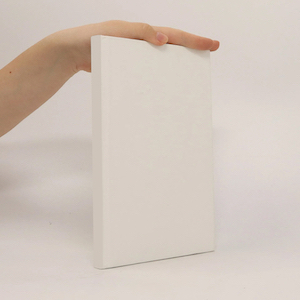
Parameter
Mehr zum Buch
There are many ways to go public in the field of art—such as exhibiting and publishing artworks, writing about art, or presenting the findings of artistic and curatorial research and practice. It is only through making the results of artistic work public that they become accessible to audiences or participators—a performative act and at the same time an entry into a market place of money, attention, or symbolism. Reception is an essential aspect of production in this context. Yet the debate cannot be limited to the art public, as it becomes a political public with the emergence of antagonisms. At the forefront here is an understanding of going public as an aesthetic and political strategy not primarily concerned with “objectively verified knowledge,” but with the necessity of public communication as an emancipatory practice that not only allows but also aspires to uncertainties, questions, and complexities. With contributions by Dirk Baecker, Stephan Geene, Jens Kastner, Eva Kernbauer, Isabell Lorey, Tine Melzer, Maria Muhle, Shusha Niederberger, Uriel Orlow, Volker Pantenburg, and Marion von Osten.
Lieferung
- Gratis Versand in ganz Deutschland!
Zahlungsmethoden
Keiner hat bisher bewertet.
